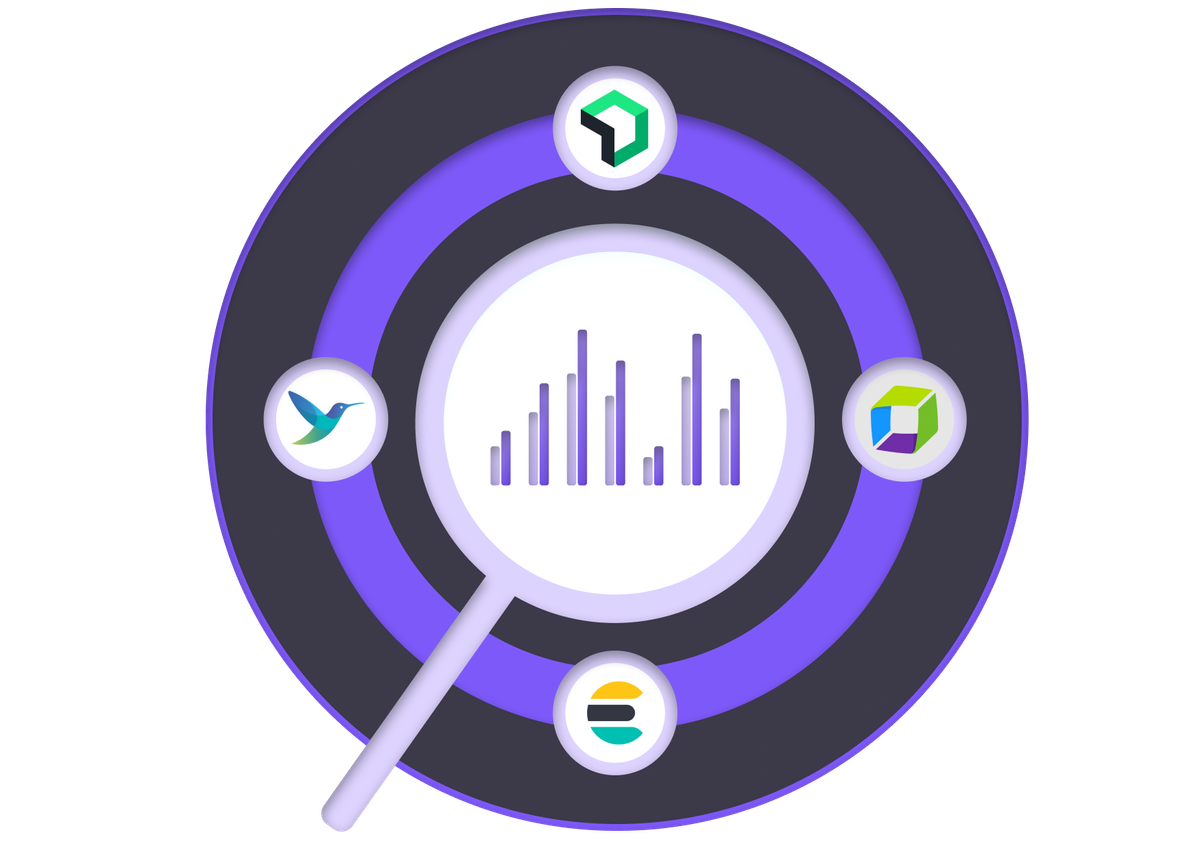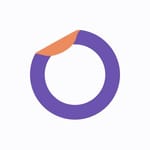Micro services architectures are becoming more common, as they provide greater flexibility, agility, and scalability. The rise in popularity of micro services has increased the number and types of tools needed for observability by SRE Teams and LOBs. However, the proliferation of these tools is creating more problems than they solve.
Monitoring tools are siloed and disparate. As a result, observability is now an island approach. A team may use a different tool for monitoring, logging, tracing, and APM. Each tool is a silo that doesn't natively talk to each other, which results in breakdowns in the monitoring and observability process. In this post, we will discuss why organizations need to stop using multiple monitoring tools and how to build an integrated environment that provides complete visibility into your application's performance at all times.
Siloed, disparate, and non-integrated monitoring tools create more problems than they solve.
Monitoring tools are not integrated with other tools, the business, the environment, or each other.
As a result of their separate silos, monitoring teams are forced to spend time jumping between different tools and platforms. This leads to:
- The loss of context and visibility into what’s happening in real time. If you’re having issues with a web server but can’t see it clearly on your dashboard because it is being filtered out by your monitoring tool, then you cannot act quickly enough to prevent an outage from happening.
- Inaccurate information due to fragmentation. When different systems report different data points on the same metrics (e.g., CPU usage) things become confusing fast! It takes longer than necessary for teams to resolve this confusion when they need accurate information right now!
Organizations using multiple tools lack the ability to operationalize their data.
Being able to operationalize your data is one of the most important steps in building an observability solution. It gives you the ability to use your data as a source of truth, and it allows you to take action on that data. The benefits of operationalizing your data include:
- An increase in visibility and communication across teams
- Reduced time spent digging into logs manually
- A reduction in alert fatigue
When teams are using multiple tools for observability, they lack this ability because they can’t connect their different tools together and work with them effectively as one system—a system where all their tools are sharing and using the same information.
Using multiple disparate observability tools creates complexity.
More observability tools means more complexity and burden of learning, managing and maintaining those tools. It’s not just the number of different tools you are using, but also the different protocols and formats they use for data collection and storage. As you add more tools, they create more complexity in how they communicate with each other—and how the interactions between them may be difficult or impossible to understand briefly but become apparent only after something goes wrong. you end up having multiple viewports into different parts of your infrastructure that don't necessarily align with each other.
Teams are forced to do manual correlation between tools.
While teams may be using a large number of tools, the tools themselves are focused on very specific aspects of observability and don’t natively talk to each other. Teams are forced to do manual correlation between these disparate tools in order to get the full picture. This manual correlation is error prone, time consuming, and generally undesirable because it reduces accuracy of work.
The wrong set of tools results in incomplete visibility and inaccurate analytics.
Monitoring tools don't often provide a way to tie together data from multiple sources and make correlations between them. In fact, there may be no way to even see what other data is available or how it relates to the metrics being reported by your monitoring tooling. This means you might have all sorts of useful information at your disposal—whether it's logs from an app server or metrics from an operating system—that are completely inaccessible because they're trapped within different systems with no way to report back into one place. The result? You probably don't know whether your application is healthy, which is bad if you're trying to identify issues before users notice them and worse still if you're working out how much capacity you need in order for things not to go wrong when demand peaks (which it will).
It is crucial to have end-to-end visibility into your entire environment.
When you're working on any system, it's crucial to have end-to-end visibility into your entire environment. This means that you can see everything from the user experience all the way down to the infrastructure and services that make up your application or system.
When debugging problems in a complex system, it's helpful to be able to view data from multiple tools at once—for example: seeing resource utilization metrics alongside performance graphs and error logs within one tool, instead of switching between multiple windows on your computer. This allows you to quickly pinpoint where problems are occurring and fix them.
In order for this workflow to work efficiently, however, it must be possible for all of these different streams of information to be viewed within a single interface.
What is the solution?
IT teams need to look for solutions that bring observability tools under one roof. By choosing a tool that provides everything you need in a single package, you also ensure everyone on your team is using the same metrics, making collaboration easier. This can be incredibly helpful for troubleshooting issues across services and teams and can also help with onboarding new members of your team.
In order for IT teams to be successful with observability, they should look for solutions that bring all of their tools under one roof. If you're looking for an easier way to unify your data, take a look at our integrated solution - Onepane. It is a single pane of glass for observability, where you can track all the information you need in one place, and see what's going on across your entire application stack (without having to switch between different tools).

